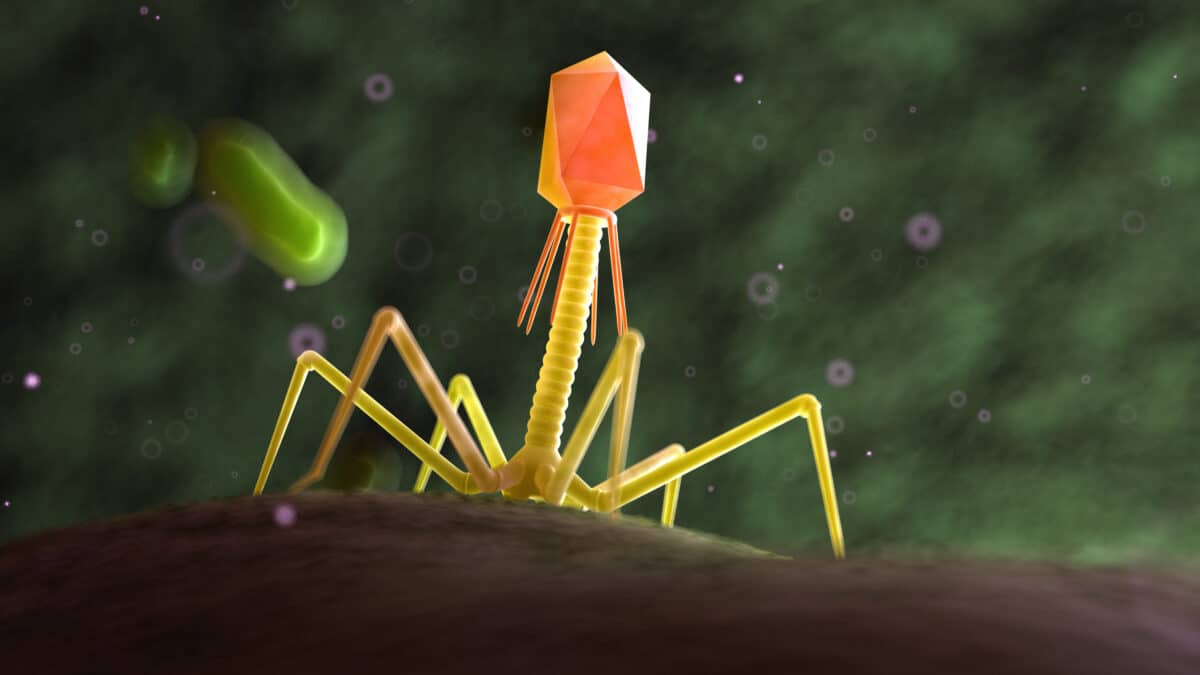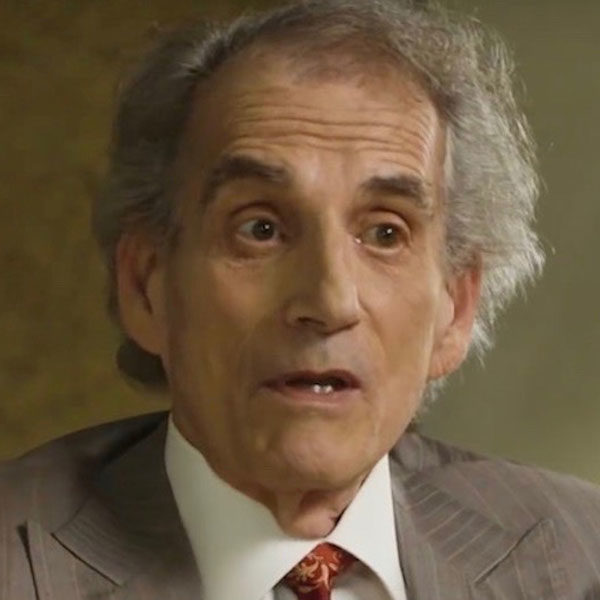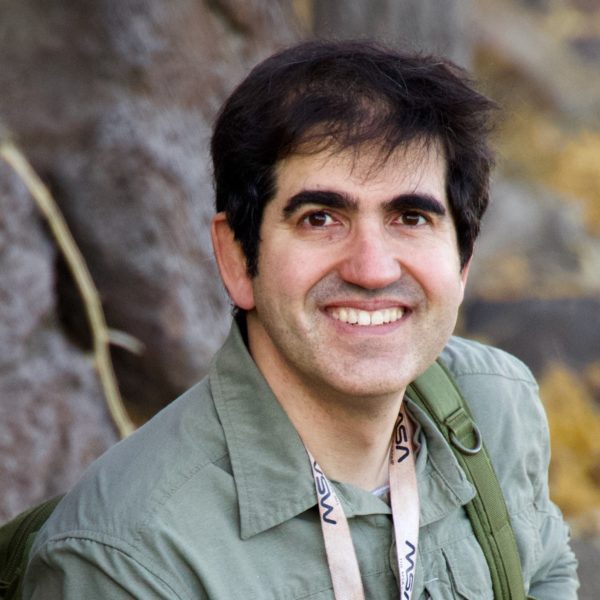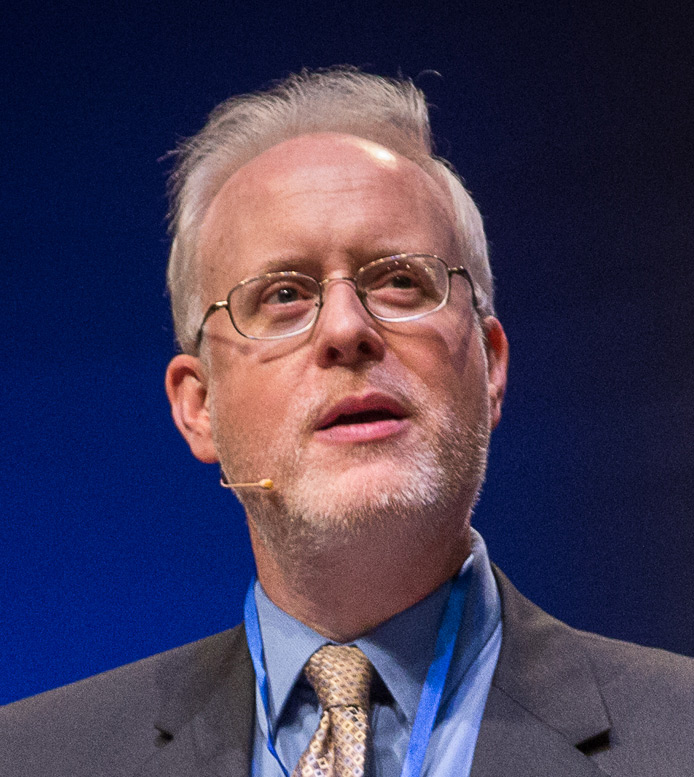
Science and Culture Today | Page 1203 | Discovering Design in Nature


Praised be Darwin! Do Fruit Flies Bust Behe?
BIO-Complexity Publishes Article Answering Critics Who Promote Tom Schneider’s “ev” Simulation
Icons of Evolution 10th Anniversary: Archeopteryx
Display content from YouTube Click here to display content from YouTube. Learn more in YouTube’s privacy policy. Always display content from YouTube Open video directly
Help Support Discovery Institute in 2010
Evolution News & Views comes to you as a service of Discovery Institute’s Center for Science and Culture, which produces other online media, such as ID the Future, the podcast about evolution and intelligent design, and websites like IntelligentDesign.org and FaithandEvolution.org, where videos, articles, and other resources are available and accessible. We’ve had a busy and memorable year, and we couldn’t have done it without support from readers like you. Discovery Institute’s Center for Science and Culture is a nonprofit 501(c)3, and looking ahead we know that the next year will be a great one as intelligent design continues to advance as a theory — but we will need your help. Please consider partnering with us, whether it be as Read More ›
Creation, Evolution, and Intelligent Design: I Wish Gallup Would Ask More Precise Questions
Gallup has just released its most recent poll (conducted annually I believe) describing Americans’ views on the origin of humanity. This year, according to Gallup, the numbers have changed slightly:
PRINCETON, NJ — Four in 10 Americans, slightly fewer today than in years past, believe God created humans in their present form about 10,000 years ago. Thirty-eight percent believe God guided a process by which humans developed over millions of years from less advanced life forms, while 16%, up slightly from years past, believe humans developed over millions of years, without God’s involvement.
So what question did they ask to get these results? Here it is:
Which of the following statements comes closest to your of the development of human beings?
1) Human beings have developed over millions of years from less advanced forms of life, but God guided this process, 2) Human beings have developed over millions of years from less advanced forms of life, but God had no part in this process, 3) God created human beings pretty much in their present form at one time within the last 10,000 years or so.
Since they’ve asked the question this way for years, it makes sense, for statistical accuracy, that they stick with the original wording. But the wording is still problematic, and for an obvious reason–the three options are not jointly exhaustive. Millions of people hold views that are not captured by the three options.
Read More ›Subtle-But Important-Functions of Junk-DNA
The December 17, 2010 issue of Science has yet another article explaining why the concept of “junk”-DNA should no longer be given much credence: It used to seem so straightforward. DNA told the body how to build proteins. The instructions came in chapters called genes. Strands of DNA’s chemical cousin RNA served as molecular messengers, carrying orders to the cells’ protein factories and translating them into action. Between the genes lay long stretches of “junk DNA,” incoherent, useless, and inert. That was then. In fact, gene regulation has turned out to be a surprisingly complex process governed by various types of regulatory DNA, which may lie deep in the wilderness of supposed “junk.” Far from being humble messengers, RNAs of Read More ›
Five Years Later, Evolutionary Immunology and other Icons of Kitzmiller v. Dover Not Holding Up Well
Judge Jones might not realize it, but in a recent article in the York Dispatch he admitted that his ruling in the Kitzmiller v. Dover case amounted to judicial activism. He stated: “The decision seems to be holding up well … No other school district has engaged in this kind of a battle. I hope that’s a product of the decision and perhaps the way that I wrote the decision.” As Lawrence Baum writes in his book American Courts: Process and Policy, “[w]hen judges choose to increase their impact as policymakers, they can be said to engage in activism; choices to limit that impact can be labeled judicial restraint.” By admitting that he sought to impact the policy decisions of Read More ›
Media Bias Trickle Down at the Seattle Times
In the New York Times, Mark Oppenheimer reports on the case of astronomer Martin Gaskell, who is suing the University of Kentucky for (alleged) religious discrimination. The article is fair, objective, and descriptively accurate. Perhaps the most interesting detail Oppenheimer reports concerns the “smoking gun” in Gaskell’s case: the text of a 2007 email from UK staffer Sally Shafer to two colleagues: “Clearly this man is complex and likely fascinating to talk with,” Ms. Shafer wrote, “but potentially evangelical. If we hire him, we should expect similar content to be posted on or directly linked from the department Web site.” To this gem, Gaskell’s attorney, Francis J. Manion, said: “I couldn’t have made up a better quote. ‘We like this Read More ›
Biologic Highlights New Peer-Reviewed Paper In BIO-Complexity On Evolutionary Algorithms
At Biologic Institute’s website Ann Gauger has posted a piece about the new peer-reviewed article in BIO-Complexity : In the recent past, several papers have been published that claim to demonstrate that biological evolution can readily produce new genetic information, using as their evidence the ability of various evolutionary algorithms to find a specific target. This is a rather large claim. It has thus fallen to others in the scientific or engineering community to evaluate these published claims. How well do these algorithms model biology? How exactly was the work done? Do the results make sense? Are there unexamined variables that might affect the interpretation of results? Are there hidden sources of bias? Are the conclusions justified or do they Read More ›





































